"Killers of the Flower Moon" Review: How a Terrible Ending Can Ruin A Great Movie
Scorsese's self-indulgence takes his magnum opus and sinks it to just another good movie.
ModernIn 1897, oil was discovered on the Osage Indian Reservation in Oklahoma. Ten years later, the federal government granted 657 acres to each Osage on the tribal rolls and afforded headrights to all legal heirs, who made a massive profit in annual royalties.
In 1921, Congress, likely lobbied by white citizens seeking to exploit the oil for their own gain, passed legislation that required guardians to oversee those set to inherit headrights, even children. The result was inevitable: opportunistic racists looking to cash in on oil slaughtered Native Americans to steal their land and money.
Killers of the Flower Moon - based on David Grann’s 2017 book of the same name - intimidates from the outset. It is a 206-minute drama directed by Martin Scorsese, whose reverence for film history and disdain for the superhero craze has consumed his recent work. As people become jaded, they care more for upholding the world they came from and the one that inspired it, funneling that desperation (which usually crosses the border into pretension) into the work.
As such, the opening third leaves many questions floating through the air. We wonder if some conversations, particularly the introductory dialogue between Ernest Burkhart, a war veteran home from the front, and his uncle, William King Hale, and the pre-storm back and forth between the former and his Osage cab customer, Mollie Burkhart, run too long. It is true in life and movies that more is often told with less, and countless films have established more convincing relationship dynamics and character foundations in less time and with fewer words.
We also ask where exactly Scorsese is taking us and to what point and purpose. The precise nature of the unfolding, murderous drama feels scattershot, less a slow deliberation on how to tie all its ends together than a confused creator unsure of how to tell such a complex story.
Yet, under the surface, we feel something slightly unfamiliar brewing. We cannot place it, but we sense its presence, slowly working itself into our consciousness before (quite literally) exploding onto the scene. It’s a brilliant array of narrative contradictions that would ordinarily spell doom for a film but work effectively in the hands of a seasoned filmmaker. Hale’s intentions are never unclear, nor is the true nature of the “insulin” with which Ernest injects a diabetic Mollie. Once Rita and Bill’s home explodes at Hale’s behest, murdering all inside, we understand the full breadth of Scorsese’s vision.
It is blatant, so much so that our questions of how blatant everything seems feel like creations of these men’s audacity, which they are. How can we have created and upheld a world where bigotry was so commonplace that flagrant violations of human decency, such overt expressions of intent and reasoning, could get not plainly ignored but acknowledged and then ignored?
The introduction of the Bureau of Investigation, precursor to the FBI, which unravels the conspiracy quicker than it got hatched, doesn’t feel like a deux ex machina. As agent Tom White stands over Hale in the town’s barbershop, questioning a seemingly powerful man, we instantly realize that Hale, in fact, is powerless. In the confines of a small reservation in Northern Oklahoma, he truly is King. But the second the larger world infiltrates, makes its presence known, and informs that it has no intention of going away, we realize that Hale’s machinations are effective only within two disheartening truths:
1. The Osage reservation is a small part of a large country, thus easily manipulated by men who use their will and skin color to meet their treacherous ends.
2. Nobody cares.
White and the infiltrating agents care; it’s their job. But it took several years and dozens of murders (and a plea to the President from a dying woman) to have anyone do something about it. Even if Mollie’s quick urging to President Coolidge feels tacked on, it’s a reminder of why these men’s forwardness isn’t a story device.
We saw Native Americans as subhuman; the very idea of them handling their own wealth was more fuel to the fire of legislated guardianship than anything else. King gets toppled as easily as he rises, maybe even more so. Although we’re clear on who and what he is the instant he appears, the film sees him operate as covertly as possible, considering his ambitions, departing the Osage Nation just before the explosion at Bill and Rita's. Yet, intervention by a greater power immediately upends him. It really was that easy and that simple: all we had to do was care, and we didn’t. One could argue we still don’t.
Killers of the Flower Moon will not make us truly care; nothing could do that as deeply as we'd like to believe, and any viewer who says they’d sacrifice what they have to give the Native Americans the full rights, privileges, and opportunities our thievery used to build a nation would be lying.
In many ways, that’s where the film’s true power lies. We can express heartache and outrage at our collective treatment of the Native Americans. Sadly, that truth resonates more than any other as the screen fades to black: even now, as we behold a nation divided, seemingly impervious to compromise and immune to mutual understanding, we must ask once more how much we’d do to see justice done, to earn our keep and forge our path the right way. Killers of the Flower Moon is a story of unimaginable cruelty and blatant disregard for human life; money was in the Osage Nation, and murder was simply a fast track to that prosperity. It’s a tragedy of human iniquity and our unwillingness to confront it when we view its victims as beneath us, but even more so of the small things.
We may not murder, but as the opening scenes relay, the most horrid reality is the lack of investigation. We cannot raise ourselves above the perpetrators if we know, deep down, that if the opportunity arose to risk ourselves, step forward, and insist on justice, we likely wouldn’t take it. Evil will always exist; it’s up to those outside its grasp to act: we didn’t. We claim otherwise, but we hardly ever do, as individuals or as a collective.
As Scorsese holds on Ernest, probed by the prosecutor at Hale’s trial regarding the nature of his marriage to Mollie, it all comes to a head. Cinematically, we gain an emotional understanding of the runtime. When Leaward asks Ernest if the plan was to marry Mollie and murder her and their children to gain the headrights, Ernest’s eyes fill with tears. He insists that the two fell in love when he picked her up in his cab, and that’s all there was to it.
We know this isn’t true, but it also is. Ernest is a fool, a slave to his whims and the words last spoken, a deadly cocktail for any who meet him when his last conversation was with Hale. However, although Scorsese doesn’t sell us on it as well as he thinks, we reflect on that opening moment when Ernest - advised of the benefits of joining the white settlers with Osage Natives - offers Mollie a seat in his cab. The two feel so starkly contrasted that a romance seems impossible, but in that final moment on the witness stand, it doesn’t. We’ve witnessed a romantic odyssey of corruption, deceit, poison, and despair but also one where two people genuinely fell in love.
But in a small room, when Mollie sits before her husband and finally asks him what was in the shots he gave her at Hale's behest, we know it doesn’t matter. Only actions matter, and what sympathy Scorsese has slowly earned for Ernest shatters in the face of how little he deserves it; hence, Mollie, having watched her husband lie directly to her face, stands up and leaves.
If the movie had ended right there, having forced our acceptance that we, swollen with disdain, outrage, and guilt, would likely have lied to ourselves as often as Ernest and ignored reality like everyone who ignored injustice for their sake, it would’ve been a great film. One could still argue a tad more mystery would’ve made the truth more harrowing, but it still would’ve been a shining example of how a master can defy the norm. It’s a long film in a condensed age. Theoretically, it would be easy to poke holes in its supposed necessity.
Although the aforementioned expository conversations could have used a trimming, most of the film is necessary, and it manages to rope you in from a thousand different angles without you even realizing until it socks you in the jaw with all the horrifying reality its narrative reveals. It’s a slow-burning exposé of how easily we lie to ourselves, how simple it is to ignore inconvenient truths, how quickly those in power get dismantled if one simply speaks up, and how, because of all these things, no excuse can rationalize anything the film’s 206 minutes show; if it's too dark for some, a million more could rightly argue it's not dark enough.
So, we reach that ending.
It’s blatant self-indulgence at Scorsese’s absolute worst. Fanboys will leap to his defense, having walked into the film ready to embrace it regardless of quality and excuse its faults irrespective of what damage they inflict.
“It’s a harrowing moment of self-reflection!”
“It’s an emotional gut punch!”
Sadly, trailer-bait buzz phrases can’t excuse another dose of Scorsese’s unwillingness to accept that his stories matter more than himself. Look no further than Hugo, which is not an homage to Georges Méliès but to how deeply Scorsese reveres him. The man refuses to not make his films about him. After all, some filmgoers got treated to an introduction by Scorsese himself, in which he calls the Osage Murders a story “personal” to him, a second-generation Italian who grew up in Manhattan. Perhaps that's why he staged his cameo as some big reveal, like it matters so much that he reads Mollie's obituary.
If Scorsese wanted a moment of self-reflection and accountability, he would’ve apologized for tacking on a needlessly cinematic ending that undermines the emotional heft he scored by laying such a brilliant, sprawling foundation or for relegating every Osage character to a one-dimensional story device and funneling much of the film’s thematic intricacy through the characterization of a white man.
For all his self-praise regarding the film’s authenticity, working in collaboration with the Osage people, their actual culture feels like an afterthought, and their people have no ideals, principles, actions, or personality aside from funeral practices and getting murdered. What we see may be authentic, but we feel that authenticity sparingly to focus on the perpetrators more than the victims. These were people of a people who got murdered, not just figures whose lives were cinematically tragic.
Scorsese’s slow death due to the sharp knife of boomerism has been a chore to endure; Killers of the Flower Moon seemed a return to form for one of Hollywood’s greats. It would be dishonest to say the ending entirely undoes the film, but movies, particularly those of such weighty subject matter, rely on self-containment. Mollie’s eyes as she quickly lifts herself from the table and leaves Ernest forever is the perfect conclusion to that chapter in that world’s story. It carries all the emotions of the preceding 200 minutes, and leaves them just as unresolved as concluded.
Alas, Scorsese couldn’t help himself, which is the curse of all self-indulgent creators. Killers of the Flower Moon still has many worthy qualities and compels us to watch it, even if only to study it, but the most powerful stories, and thus films, hold strong from beginning to end. Should it have been told by someone else? If so, we risk its genius to see its folly repaired; perhaps the question is unanswerable. What we do know is what we got, and what we got, even more than a good movie, is a lesson in how not to end one.
.png)
77
Director - Martin Scorsese
Studio - Paramount
Runtime - 206 minutes
Release Date - October 20, 2023
Cast:
Leonardo DiCaprio - Ernest Burkhart
Robert De Niro - William King Hale
Lily Gladstone - Mollie Burkhart
Jesse Plemons - Agent Tom White
Scott Shepherd - Brittany
Tantoo Cardinal - Lizzie Q
Tatanka Means - Agent John Wren
John Lithgow - Prosecutor Peter Leaward
Brendan Fraser - W.S. Hamilton
William Belleau - Henry Roan
Jason Isbell - Bill Smith
Cara Jade Myers - Anna Brown
Editor - Thelma Schoonmaker
Screenplay - Eric Roth, Martin Scorsese
Cinematography - Rodrigo Prieto
Score - Robbie Robertson

%20(13%20x%206%20in)%20(13%20x%204%20in).png)

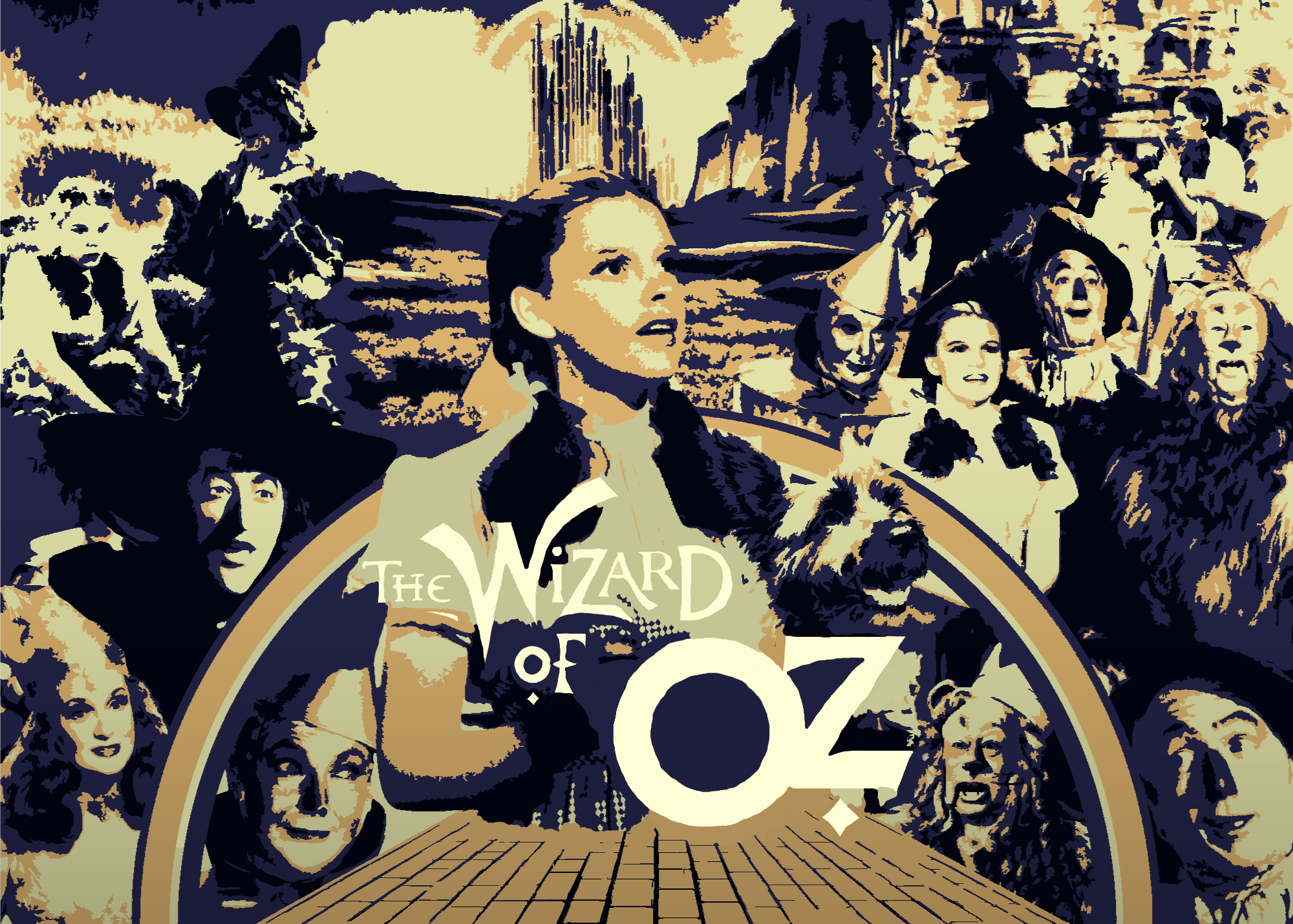


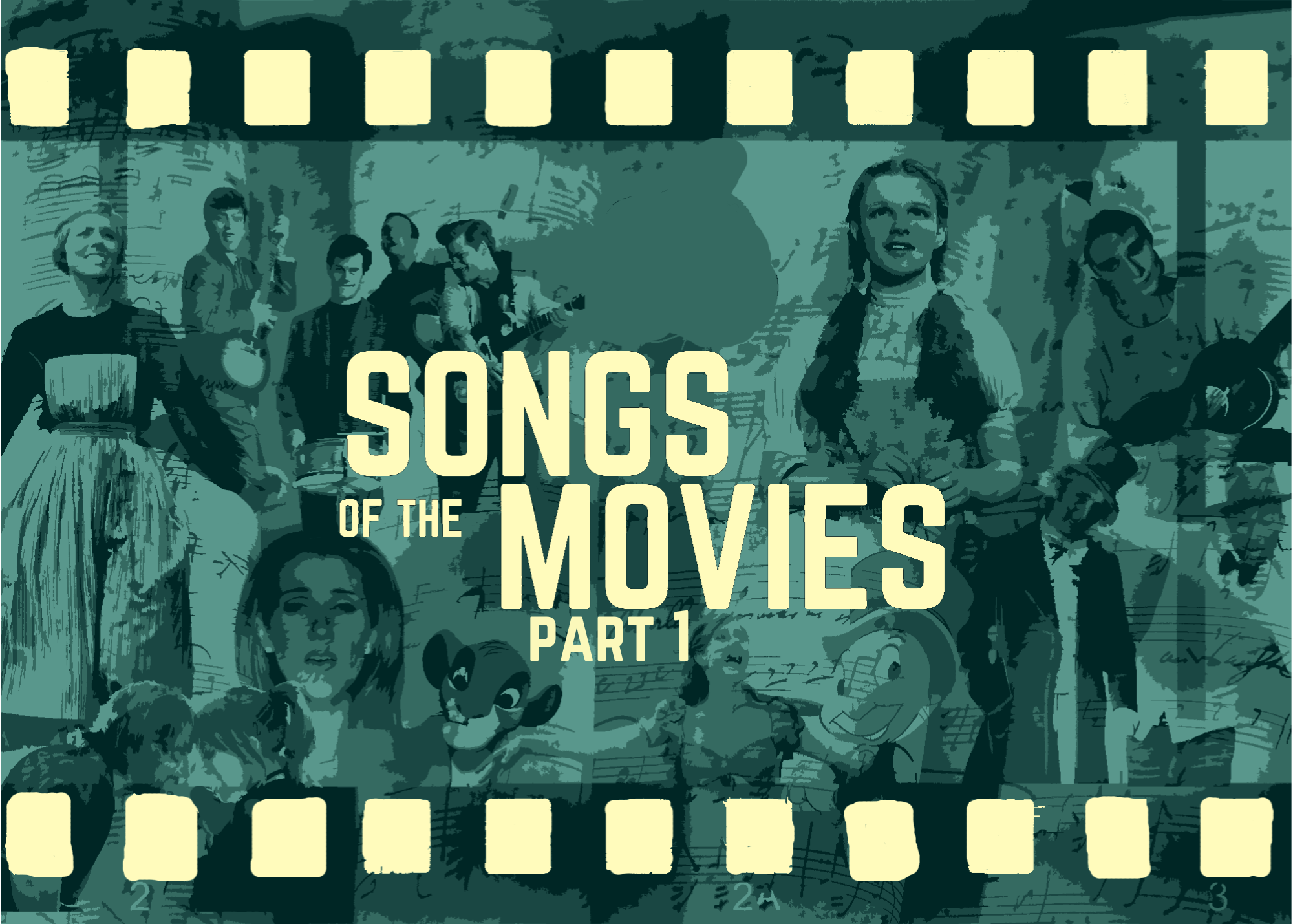

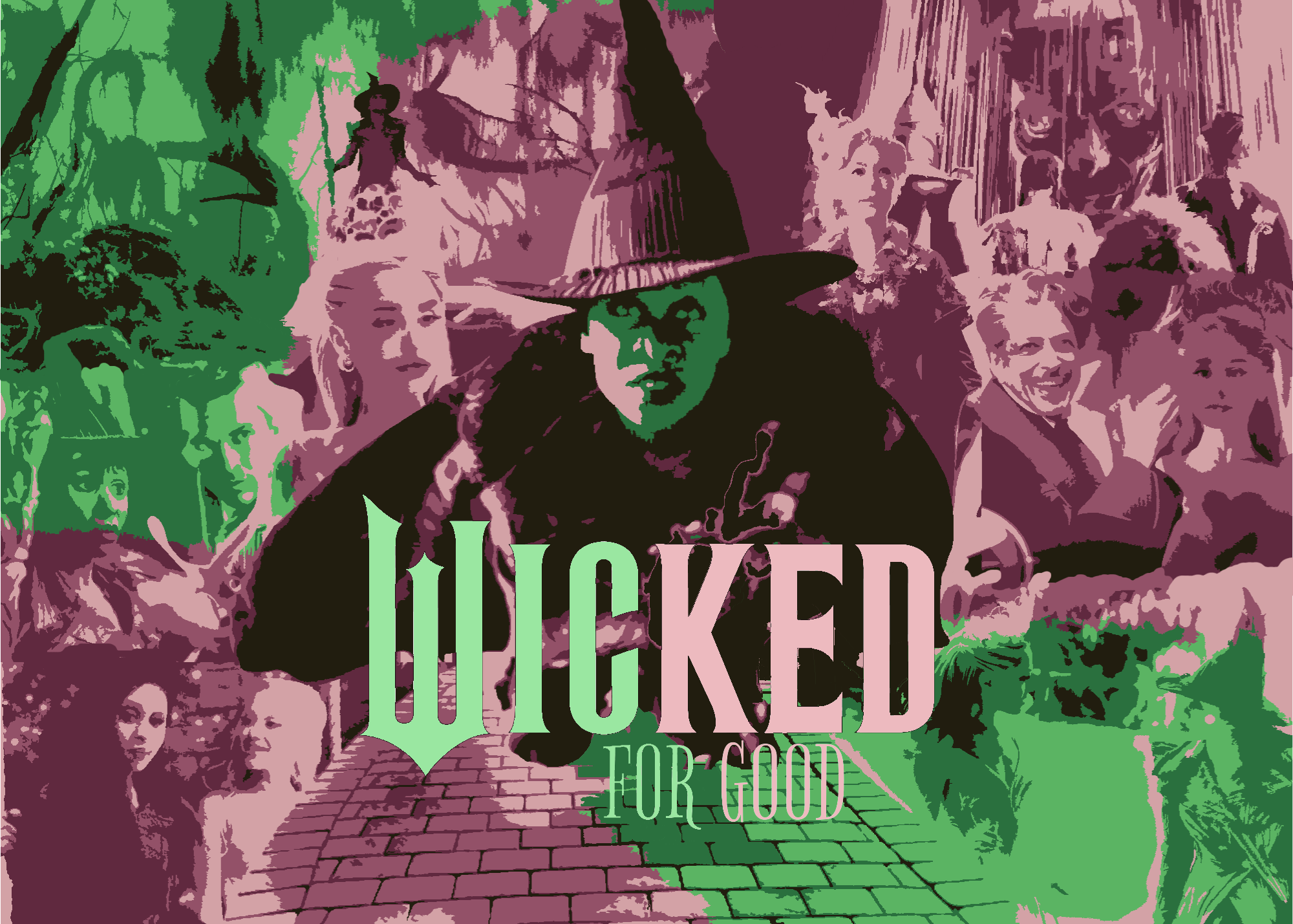
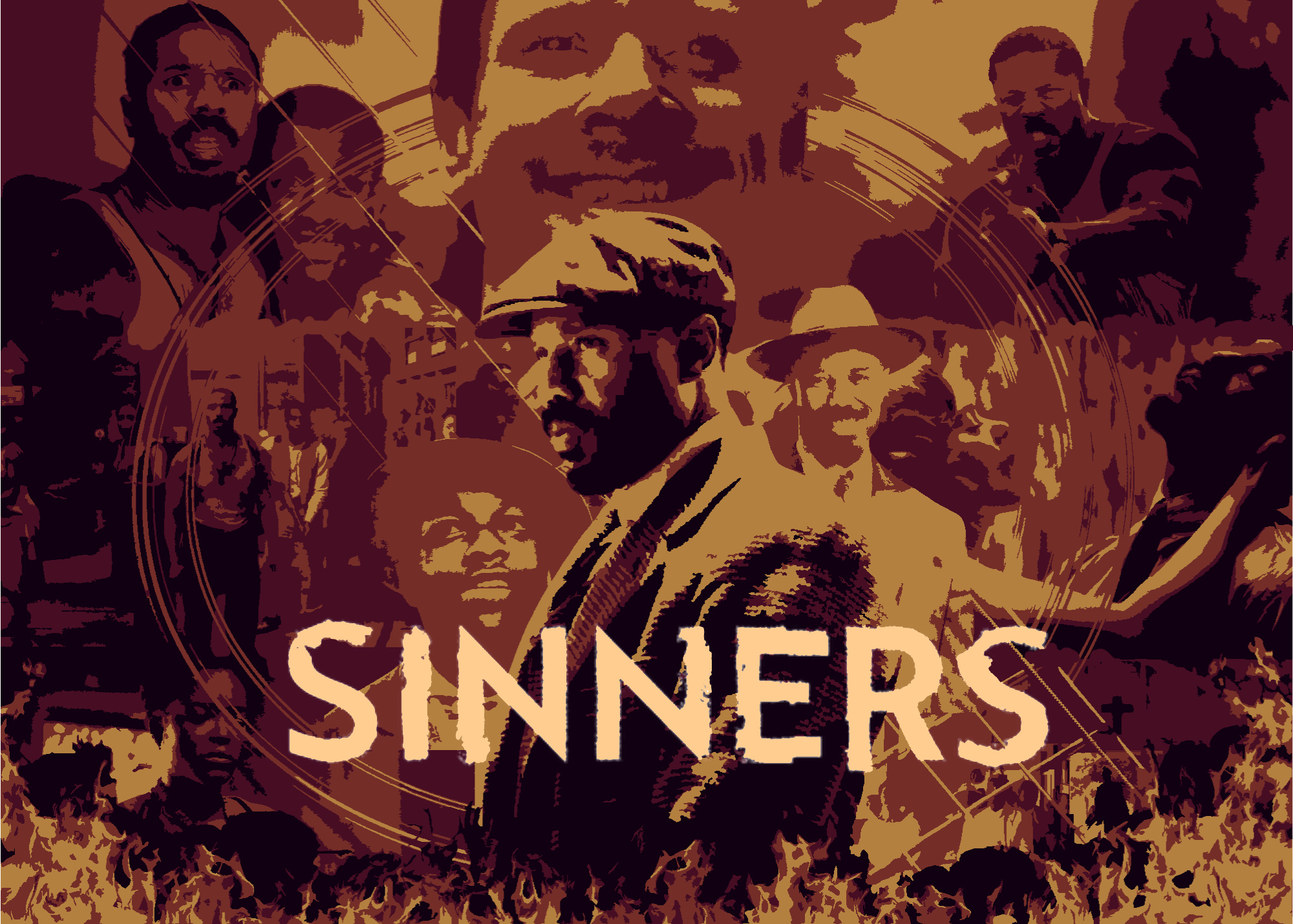
















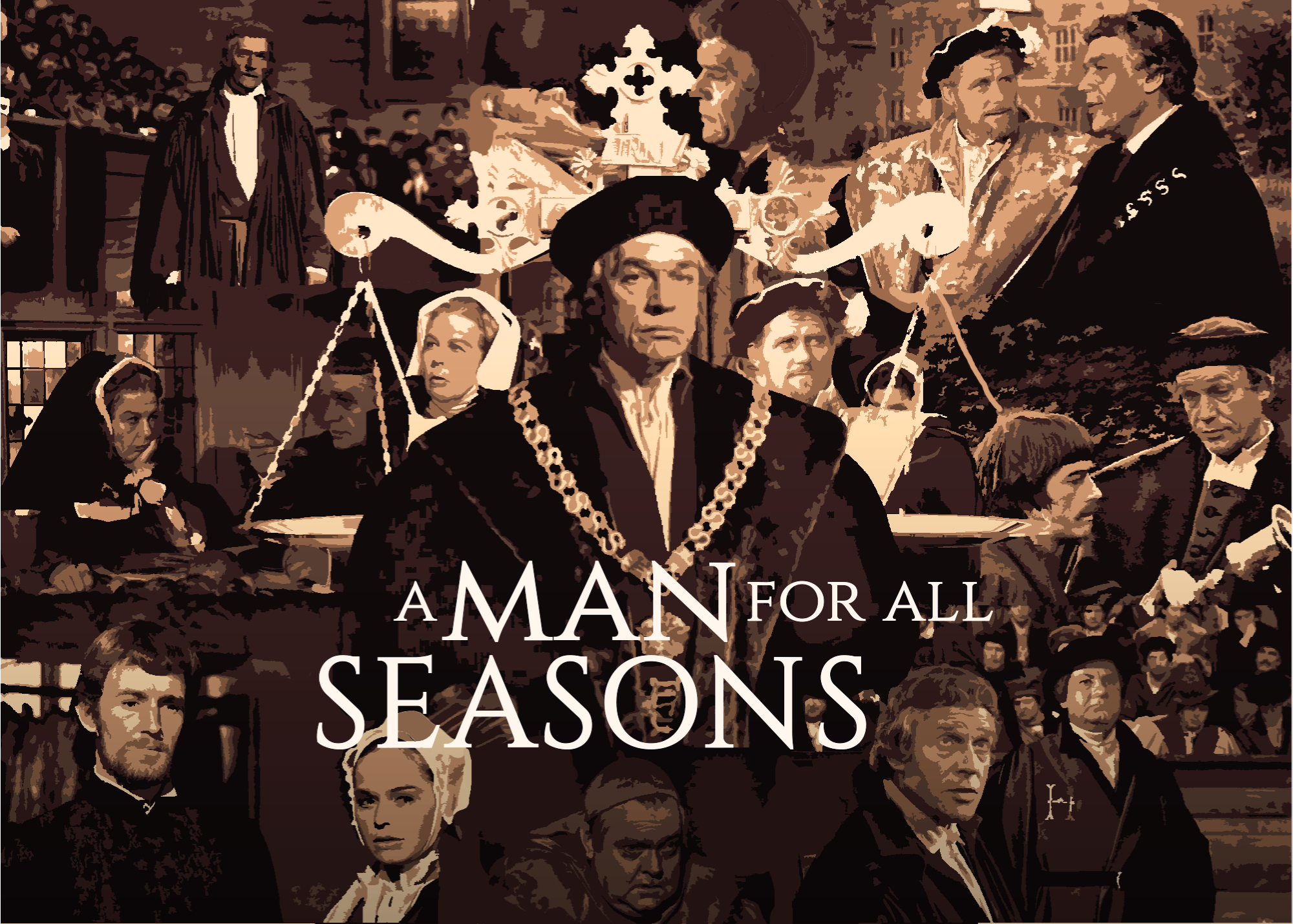











.png)






.png)